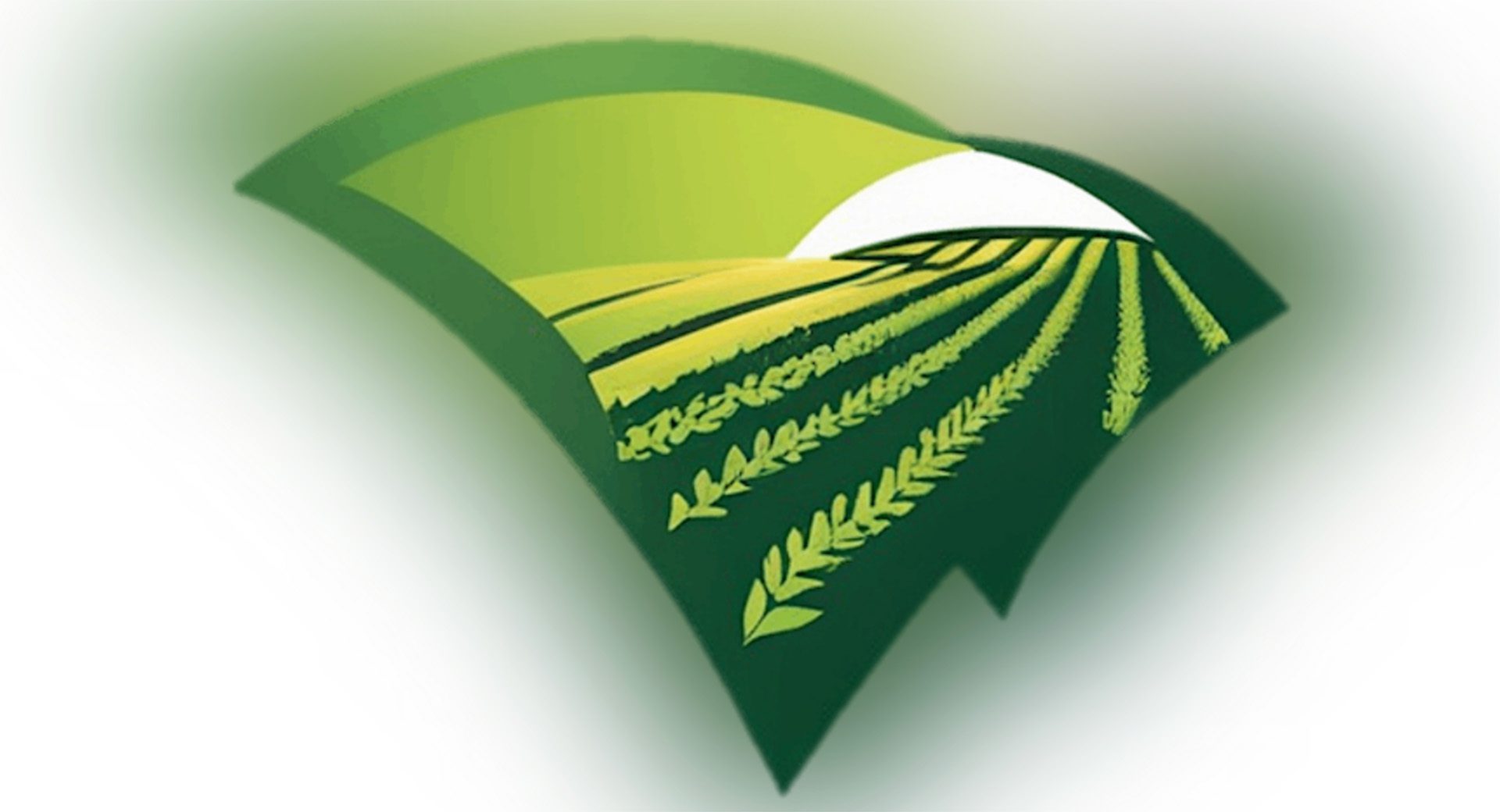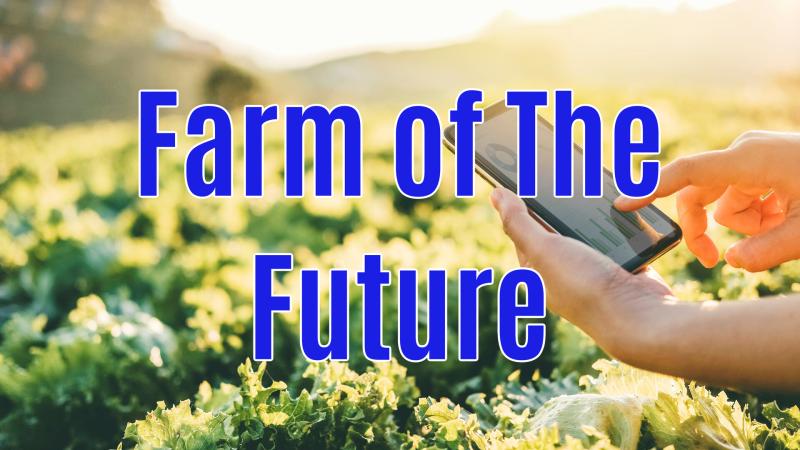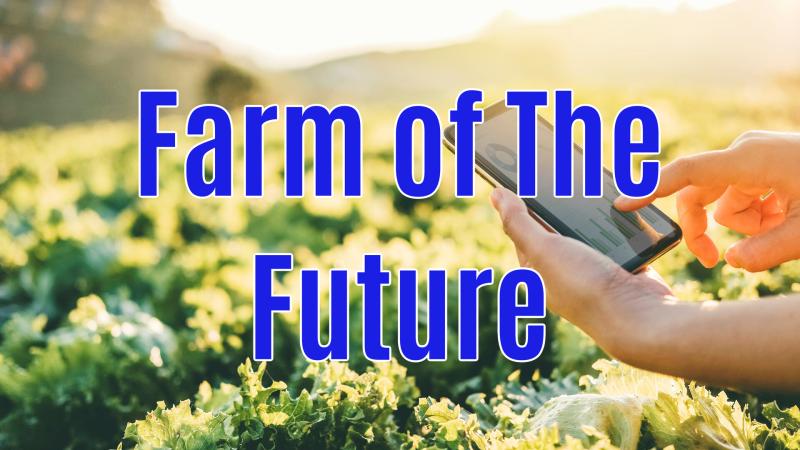## Farming Ain’t Farming No More: John Deere’s Tech Takes the West by Storm
Forget tractors with rusty paint and overalls. Farming in the Wild West is getting a serious upgrade, thanks to John Deere’s cutting-edge “AG INFORMATION NETWORK OF THE WEST”. This isn’t your grandpa’s combine harvester chugging through fields – we’re talking a digital revolution that’s changing the face of agriculture.

Building the Future: The 460 P-Tier ADT and Quarry Operations

John Deere’s ongoing commitment to innovation extends beyond the agricultural sector. At CES 2025, the company unveiled a significant advancement in autonomous technology with the 460 P-Tier Autonomous Articulated Dump Truck (ADT), designed specifically for the demanding environments of quarry operations. This new machine represents a game-changer in the industry, addressing key challenges faced by quarries worldwide.
Quarries play a crucial role in providing the essential raw materials needed for infrastructure development and construction. The process of mining, processing, and transporting materials within a quarry is complex and often labor-intensive. The 460 P-Tier ADT, equipped with John Deere’s second-generation autonomy kit, aims to streamline these operations, improving efficiency and safety while reducing reliance on manual labor.
The autonomy kit in the 460 P-Tier ADT utilizes advanced computer vision, AI, and a network of cameras to enable the machine to navigate complex quarry terrains autonomously. This technology allows the ADT to handle repetitive tasks such as transporting materials between different areas of the quarry, freeing up human operators for more specialized roles.

Powering the Green Revolution: Electric and Sustainable Solutions
Electric Autonomy: The 5ML Tractor’s Battery-Powered Future
John Deere is also making strides in sustainable agriculture with the introduction of the 5ML Orchard Tractor, featuring a battery-electric powertrain. This marks a significant step towards reducing the environmental impact of agricultural operations. The 5ML tractor is designed specifically for orchard environments, utilizing Lidar sensors to navigate through dense canopies and perform tasks such as air blast spraying with precision and efficiency.
The electric motor in the 5ML tractor offers several advantages over traditional diesel engines, including zero tailpipe emissions, reduced noise pollution, and lower operating costs. This aligns with John Deere’s commitment to developing sustainable solutions that benefit both farmers and the environment.

Sustainability at Scale: Deere’s Commitment to Environmental Responsibility
John Deere’s dedication to sustainability extends beyond individual machines. The company is actively working to reduce its overall environmental footprint through various initiatives, including investing in renewable energy sources, implementing sustainable manufacturing practices, and developing technologies that promote soil health and water conservation.
Gamestanza previously reported on John Deere’s partnership with Microsoft to leverage cloud computing and AI for precision agriculture, enabling farmers to optimize resource use and minimize their environmental impact. These collaborative efforts highlight Deere’s commitment to driving a more sustainable future for agriculture.

The Greener Grid: How Electric Autonomy Impacts Energy Consumption
The shift towards electric autonomy in agriculture has the potential to significantly impact energy consumption patterns. As more machines transition to battery-powered systems, the reliance on fossil fuels can be reduced, contributing to a cleaner and more sustainable energy grid. Moreover, advancements in battery technology and charging infrastructure will play a crucial role in supporting the widespread adoption of electric autonomy in the agricultural sector.
The Human Element: Embracing the Future of Farming
More Time for Expertise: How Autonomy Frees Up Human Labor
The increasing automation of agricultural tasks through autonomy technology frees up human labor for higher-value activities. Farmers can focus their time and expertise on tasks that require critical thinking, problem-solving, and decision-making, such as crop management, livestock care, and market analysis.
This shift in workload distribution allows farmers to leverage their skills more effectively, leading to improved productivity and profitability. It also creates opportunities for farmers to explore new ventures and diversify their operations, further strengthening the overall agricultural sector.
New Skills for a New Era: The Evolving Role of Farmers in the Age of AI
As agriculture embraces automation and AI, farmers need to adapt and acquire new skills to thrive in this evolving landscape. Technical proficiency in operating and maintaining autonomous machines, data analysis and interpretation, and problem-solving skills will become increasingly important.
Educational institutions and industry organizations are responding to this need by offering training programs and resources to equip farmers with the necessary skills for the future. This ongoing development of human capital ensures that farmers remain at the forefront of innovation and technological advancement in agriculture.
A Collaborative Future: Farmers, Tech, and the Shared Success of Agriculture
The future of agriculture lies in collaboration between farmers, technology providers, and research institutions. By working together, they can develop and implement innovative solutions that address the challenges facing the industry and ensure a sustainable and prosperous future for all.
John Deere’s commitment to developing cutting-edge autonomous technology, coupled with its focus on sustainability and farmer empowerment, positions the company as a key driver of this collaborative future. Their dedication to providing farmers with the tools they need to succeed in the 21st century is a testament to their understanding of the vital role agriculture plays in our world.
Conclusion
So there you have it, folks – John Deere isn’t just about tractors anymore. They’re diving headfirst into the future of agriculture, building a network that’s more like a virtual world for farming. We’ve explored how this AG Information Network of the West is using data, AI, and connectivity to revolutionize everything from planting to harvesting, empowering farmers with unprecedented insights and control.
This isn’t just about making farming more efficient; it’s about building a sustainable future. Imagine a world where crops are optimized for yield and minimal resource use, where pests are detected and tackled before they wreak havoc, and where farmers can make informed decisions based on real-time data. This is the promise of the AG Information Network, a promise that could reshape the very landscape of agriculture and its impact on our planet. As John Deere continues to push the boundaries, one thing’s for sure: the farm of tomorrow will be a high-tech marvel, powered by the collective intelligence of machines and humans working in harmony.
Are you ready to plant the seeds of the future?